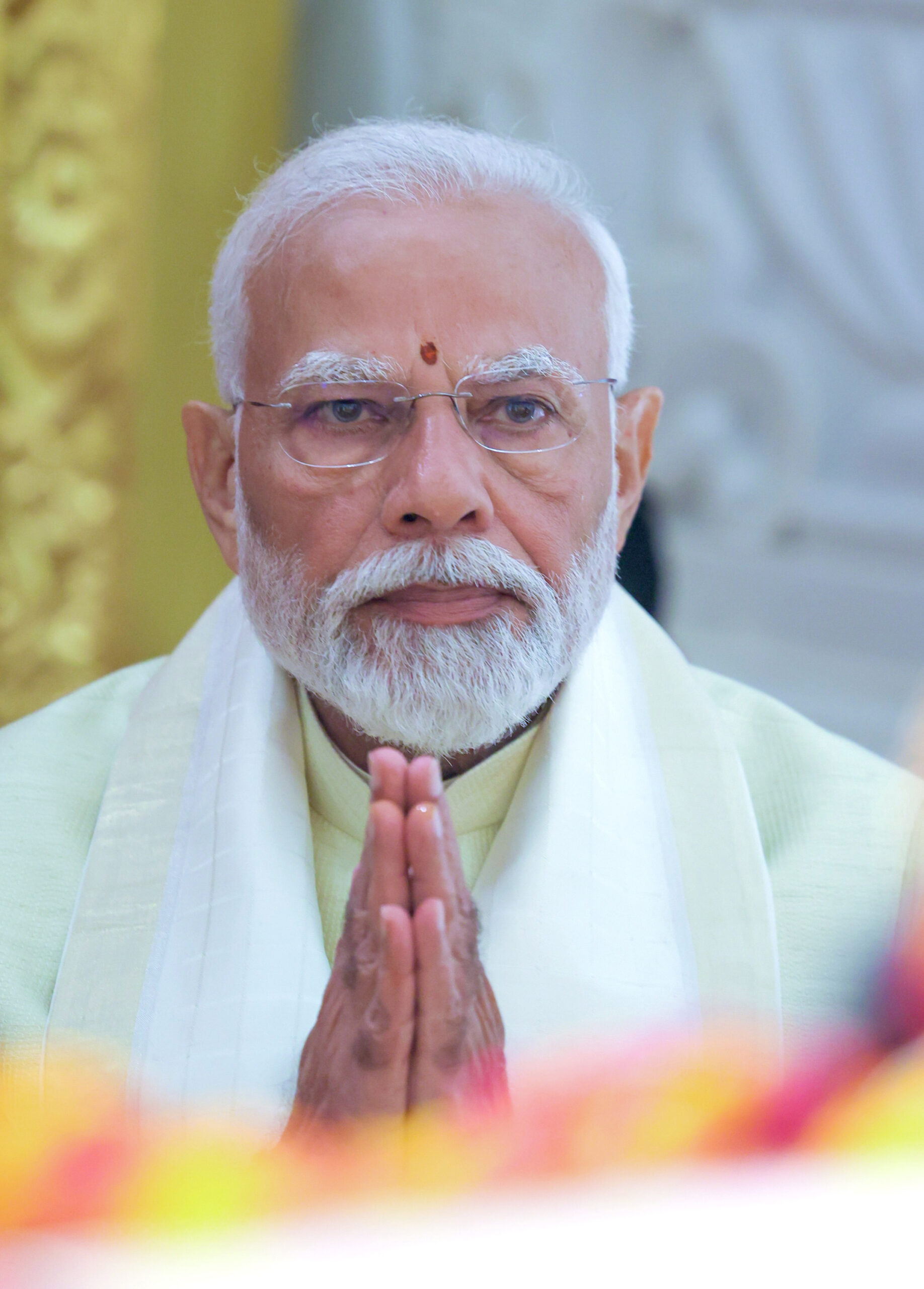World Bank report: India, despite initial setbacks from demonetisation and Goods and Services Tax (GST), is estimated to have grown at 6.7 per cent in 2017. The report titled ‘Global Economic Prospects’ for 2018 noted that the GDP figures of 6.7 percent for FY 2017-18 can be attributed to short-term disruptions arising from the introduction of the Goods and Services Tax (GST).
 “Strong private consumption and services are expected to continue to support economic activity, while private investment is expected to revive as the corporate sector adjusts to the GST; infrastructure spending increases, partly to improve public services and internet connectivity; and private sector balance sheet weaknesses are mitigated with the help of the efforts of the government and the Reserve Bank of India (RBI),” the report said.
“Strong private consumption and services are expected to continue to support economic activity, while private investment is expected to revive as the corporate sector adjusts to the GST; infrastructure spending increases, partly to improve public services and internet connectivity; and private sector balance sheet weaknesses are mitigated with the help of the efforts of the government and the Reserve Bank of India (RBI),” the report said.
Growth rate: 2018-2019
World Bank’s Global Economic Prospects report was released on Tuesday, it says, “India’s GDP growth rate is expected to rise to 7.3 per cent in 2018-2019, making it the world’s fastest-growing economy, again.”
It is also estimated by the world bank that the GDP growth of 7.5 per cent for the Indian economy in 2019-2020 and 2020-2021.
“Over the medium term, the GST is expected to benefit economic activity and fiscal sustainability by reducing the cost of complying with multiple State tax systems, drawing informal activity into the formal sector, and expanding the tax base,” the report said.
“In all likelihood India is going to register higher growth rate than other major emerging market economies in the next decade. So, I wouldn’t focus on the short-term numbers. I would look at the big picture for India and big picture is telling us that it has enormous potential,” Ayhan Kose, Director, Development Prospects Group, World Bank, told PTI in an interview.
As compared to China, which is slowing, the World Bank expects India to gradually accelerate. “The growth numbers of the past three years were very healthy,” Ayhan Kose, author of the report, said. To materialise its potential, India, needs to take steps to boost investment prospects. There are measures underway to do in terms of non-performing loans and productivity, he says.
“the slight downward revision to India’s still-fast pace of expansion” comes due to “a softer-than-envisioned recovery in investment and lingering effects of recent policy changes” says the report. In fact, the “temporary disruptions associated with the adjustment in India to the new GST” was cited to be one of the main factors causing regional growth to decelerate compared to the June forecasts.
Kose, however, gives a thumbs up to the current government saying “India has an ambitious government undertaking comprehensive reforms And we have all the reasons to expect this government to continue economic policies to create friendly environment for businesses and push its growth potential up. On the productivity side, India has enormous potential with respect to secondary education completion rate. All in all, improved labor market reforms, education and health reforms as well as relaxing investment bottleneck will help improve India’s prospects ” Kose said.
According to him, these reforms will, of course, bring certain policy uncertainty, “but when you look at India’s growth potential and our numbers down the road 2019 and 2020, it is going to be the fastest growing large emerging market”.
With PTI inputs
Now for the bad news: Of the leading developing economies, only India performed less strongly than the World Bank anticipated in June 2017, with estimated growth of 6.7% in 2017 and the projected 7.3% in 2018 representing downgrades of 0.5% and 0.2% respectively.







